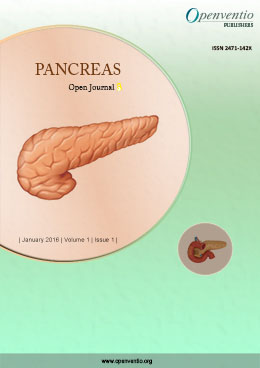 “Neuropsychiatric symptoms (NPS) in dementia impact profoundly on the quality of life of people living with dementia and their care givers. Evidence for the effectiveness and safety of current therapeutic options is varied.
“Neuropsychiatric symptoms (NPS) in dementia impact profoundly on the quality of life of people living with dementia and their care givers. Evidence for the effectiveness and safety of current therapeutic options is varied.
Cannabinoids have been proposed as an alternative therapy, mainly due to their activity on CB1 receptors in the central nervous system. However, little is known regarding the safety and effectiveness of cannabinoid therapy in people with dementia.
A literature review was undertaken to identify, describe and critically appraise studies investigating cannabinoid use in treating NPS in dementia.
RESULTS:
Twelve studies met the inclusion criteria. There was considerable variability across the studies with respect to study design (50% randomized controlled trials), intervention [dronabinol (33%), nabilone (25%) or delta-9 tetrahydrocannabinol (THC; 42%)] and outcome measures.
Dronabinol (three studies) and THC (one study) were associated with significant improvements in a range of neuropsychiatric scores.
The most common adverse drug event (ADE) reported was sedation. A high risk of bias was found in eight studies. The highest-quality trial found no significant improvement in symptoms or difference in ADE rate between treatment arms. Included studies used low doses of oral cannabinoids and this may have contributed to the lack of demonstrated efficacy.
CONCLUSION:
While the efficacy of cannabinoids was not proven in a robust randomized control trial, observational studies showed promising results, especially for patients whose symptoms were refractory. In addition, the safety profile is favourable as most of the ADEs reported were mild. Future trials may want to consider dose escalation and formulations with improved bioavailability.”
https://www.ncbi.nlm.nih.gov/pubmed/31205674
https://journals.sagepub.com/doi/10.1177/2042098619846993
 “Much of the opioid epidemic arose from abuse of prescription opioid drugs.
“Much of the opioid epidemic arose from abuse of prescription opioid drugs.

 “There is a growing surge of investigative research involving the beneficial use of cannabinoids as novel interventional alternatives for multiple sclerosis (MS) and associated neuropathic pain (NPP).
“There is a growing surge of investigative research involving the beneficial use of cannabinoids as novel interventional alternatives for multiple sclerosis (MS) and associated neuropathic pain (NPP).


 “Neuropsychiatric symptoms (NPS) in dementia impact profoundly on the quality of life of people living with dementia and their care givers. Evidence for the effectiveness and safety of current therapeutic options is varied.
“Neuropsychiatric symptoms (NPS) in dementia impact profoundly on the quality of life of people living with dementia and their care givers. Evidence for the effectiveness and safety of current therapeutic options is varied.

